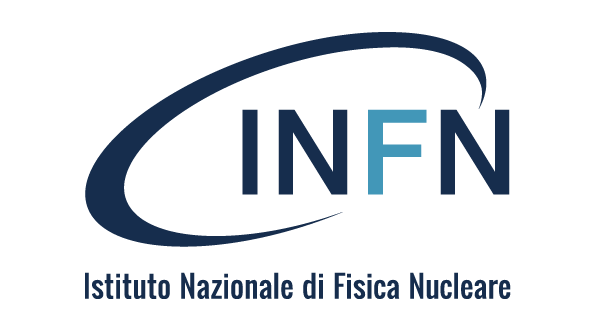PEOPLE

THE AMALDI PLAN FOR THE RELAUNCH OF ITALIAN SCIENTIFIC RESEARCH
Interview with the physicist Ugo Amaldi, founder of the National Centre for Oncological Hadrontherapy (CNAO) in Pavia and the proposer of the Amaldi Plan for Italian research.
To increase the percentage of Italian Gross Domestic Product (GDP) allocated to financing both basic and applied public research, starting from 2021, in order to be aligned with Germany's investments in the same sector, equal to almost 1% of German GDP, in 2026. This, in a nutshell, is the request sustained also by a petition launched on the Change.org platform, addressed to the Italian Prime Minister Giuseppe Conte and started from considerations expressed by the physicist Ugo Amaldi. A proposal that must adopt meritocratic criteria for distribution of investments in the four areas considered crucial for research: human resources, projects, infrastructure and technology transfer; and which, thanks to the spin-offs generated, would guarantee greater competitiveness and economic growth in our country. The key points for the relaunch of Italian research, which has already received the support of notable members of the Italian scientific world, are based on an articulated program presented in June of this year by Ugo Amaldi, an internationally renowned physicist and founder of the National Centre for Oncological Hadrontherapy (CNAO) in Pavia, who has always been an influential voice in support of more incisive research policies aimed at developing the great wealth of scientific expertise in our country. Starting from the proven ability of basic research to promote the development and transfer of new technologies, the Amaldi Plan, as it is now called, identifies the increase in public funds to this sector as an effective method for increasing the competitiveness of the Italian industry, whose expenditure in research and development activities remains far below that of Northern European countries. An investment which, in the light of the recognised value of our researchers, among the most productive in the world, would be certain and profitable.
How and in which context did your proposal come about?
At the invitation of Giuliano Amato, President of the Cortile dei Gentili scientific committee, in March, I joined a group of intellectuals called to discuss the evolution of the most pressing current issues.
NEWS
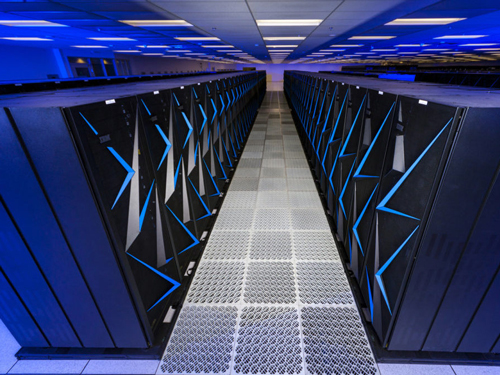
TECHNOLOGICAL RESEARCH
EUROPEAN TECHNOLOGY FOR THE NEW LEONARDO SUPERCOMPUTER
Announced in October, during an online meeting open to the media, the award of the contract for the supply of the technological components of Leonardo, the new high performance supercomputer that will be installed in 2021 at the Tecnopolo in Bologna, to the European company Atos. The computer will be one of the nodes of a European distributed computing network that will take shape in the coming years. The Cineca consortium, in collaboration with r. ...
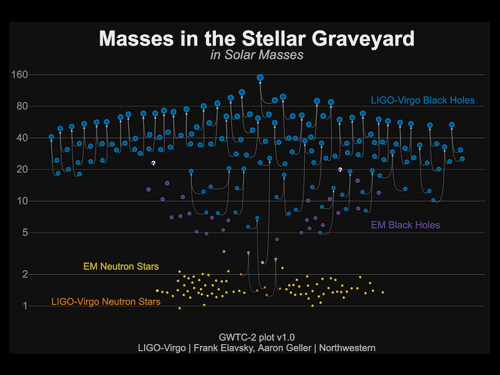
RESEARCH
OVER 100 BLACK HOLES OBSERVED BY THE LIGO-VIRGO TRIO IN THE FIRST RUN OF 2019
The Ligo-Virgo scientific collaboration has published on ArXiv the scientific catalogue that presents the final results of the first run of the last observation campaign, the third (O3a), which began in April and ended in October 2019. 39 gravitational waves events have been captured by the interferometers, for a total of over 100 black holes. Most of them are due to mergers of black holes, whose characteristics, however, pose questions on ...
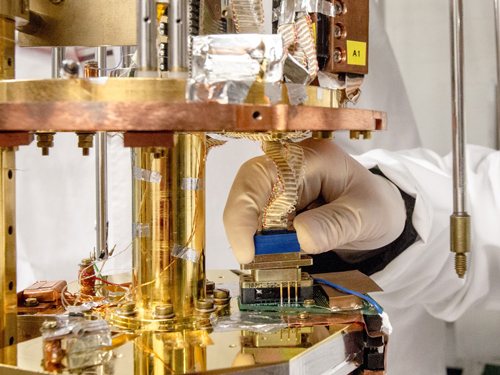
TECHNOLOGICAL RESEARCH
DART WARS: QUANTUM AMPLIFIERS FOR COMPUTERS OF THE FUTURE
Developing new ultra-sensitive quantum amplifiers capable to improve data and qubit transmission in the computers of the future, including the quantum supercomputer to be built in the U.S. at Fermilab in Chicago. This is the challenge faced by the project "Dart Wars" (Detector Array Readout with Traveling Wave AmplifieRS) to be carried in collaboration by Milano Bicocca University and INFN, thanks to a 1 million euro ...
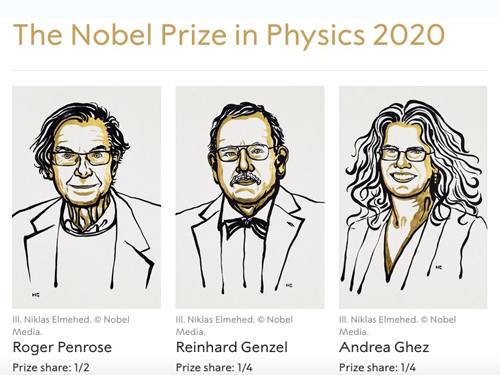
AWARDS
2020 NOBEL PRIZE FOR PHYSICS GOES TO BLACK HOLES
A half of the 2020 Nobel Prize for Physics has been awarded to the English physicist Roger Penrose, "for the discovery that black hole formation is a robust prediction of the general theory of relativity", while the other half was awarded jointly to the German physicist Reinhard Genzel and the American physicist Andrea Ghez "for the discovery of a supermassive compact object at the centre of our galaxy" ...
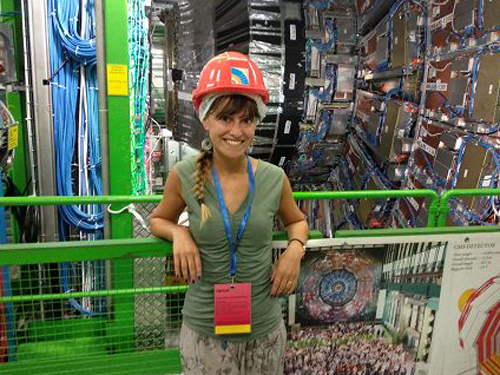
AWARDS
VALENTINA MARIANI HAS WON THE L'ORÉAL FOR WOMEN IN SCIENCE AWARD
Valentina Mariani, a researcher at the INFN division in Perugia and member of the CMS collaboration, is among the winners of the 2020 edition of the "L'Oréal Italia For Women in Science" award. Established eighteen years ago by the French cosmetics company L'Oréal, in collaboration with the Italian National Commission for UNESCO, the programme awards 6 scholarships, each worth 20,000 euros, to 6 female Italian scientists under the age of 35, ...
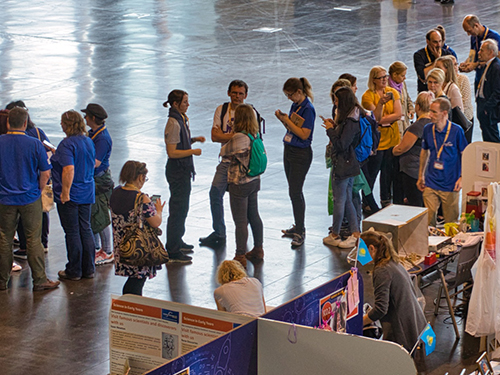
PUBLIC ENGAGEMENT
STEM: SELECTIONS OPEN FOR THE SCIENCE ON STAGE FESTIVAL ITALY
The call for participation in the Science on Stage Italy Festival, an event aimed at teachers and dedicated to encouraging the development and identification of new teaching tools for teaching STEM disciplines in schools of all levels, which will take place next year in Faenza from 16 to 18 April, is now open. The event, of which INFN is the main sponsor, will provide a showcase for the 30 best proposals submitted during the current pre-selection phase. 11 of the projects that will be ...

PUBLIC ENGAGEMENT
Dark Matter Day 2020 | In Search of Dark Matter
On Saturday 31 October at 11:00 the international scientific community celebrates Dark Matter Day. Two events are scheduled for Italy, organized by INFN: ...
FOCUS
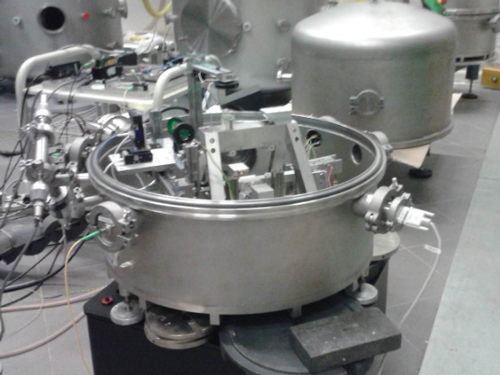 THE WEIGHT OF THE VACUUM: A STEP FORWARD FOR ARCHIMEDES
THE WEIGHT OF THE VACUUM: A STEP FORWARD FOR ARCHIMEDES
The 5-tons steel chamber, a fundamental element of the INFN Archimedes experiment, has arrived in Sardinia, the first to be installed in the SARGRAV underground laboratory in Lula, in the province of Nuoro. The scientific objective of Archimedes is to “weigh the vacuum”, i.e. to investigate the role of the interaction of vacuum fluctuations with the force of gravity, in order to help to find an answer to open questions of fundamental physics and cosmology, such as the nature of mysterious dark energy. In quantum mechanics, Heisenberg's uncertainty principle states that the complete absence of particles and energy in a vacuum is not possible. It must therefore contain “virtual” particles that are dynamically created and then destroyed (annihilated) giving rise to continuous energy fluctuations. If we could measure the interactions between these energy fluctuations, caused by continuous annihilations, and gravity, we could say that we have "weighed the vacuum” and, therefore, created a bridge between vacuum and gravity. But how does the Archimedes experiment work? The fundamental unit of the experiment is a super-sensitive scale with a 1 metre long arm, which will be built by the researchers of the INFN Naples division working on the experiment. The scale must be able to measure the small weight variations induced in two samples of a material that has the property of “trapping” or “expelling” vacuum energy when its temperature is changed. These two samples that constitute the "plates" of the scale are 10 cm wide and 3 mm thick discs made of a particular type of material that has the property of becoming superconductive below 100 K (-173°C), while above this temperature it behaves like an insulator. This material, called YBCO, is a superconductor and has a microscopic structure consisting of many layers (approximately one million) just a few nanometres apart...
INFORMATION AND CONTACT
Images
© CNAF
Download the newsletter in pdf format
ENGLISH VERSION | ITALIAN VERSION
INFN - COMMUNICATIONS OFFICE
comunicazione@presid.infn.it
+39 06 6868162
EDITORIAL BOARD
Coordination:
Francesca Scianitti
Project and contents:
Eleonora Cossi, Matteo Massicci, Anna Greco, Francesca Mazzotta, Francesca Scianitti, Antonella Varaschin
Graphic design:
Francesca Cuicchio
Translation
ALLtrad
ICT service:
Servizio Infrastrutture e Servizi Informatici Nazionali INFN
